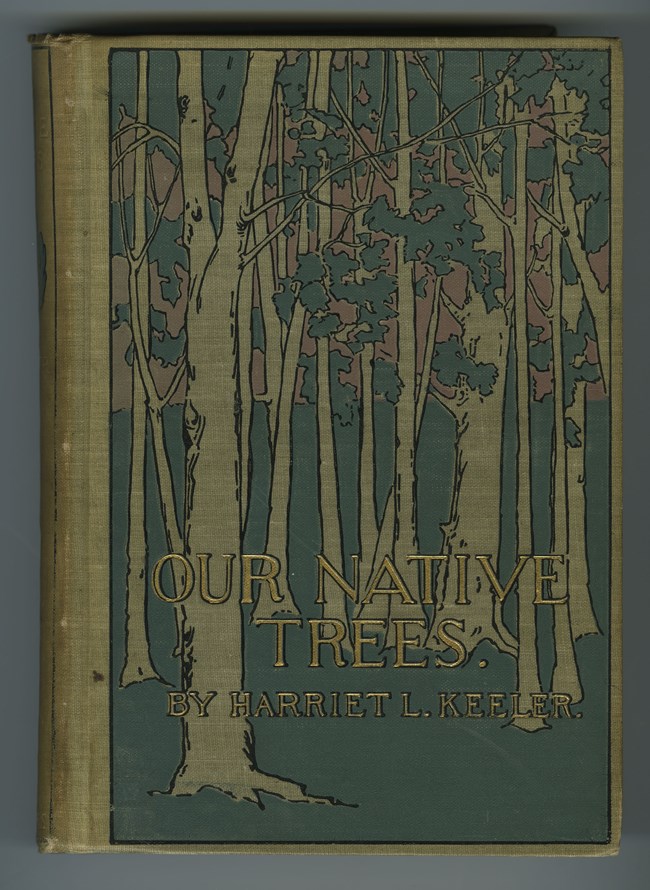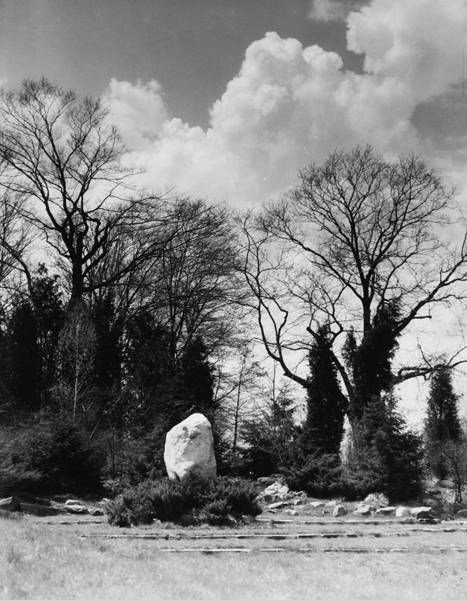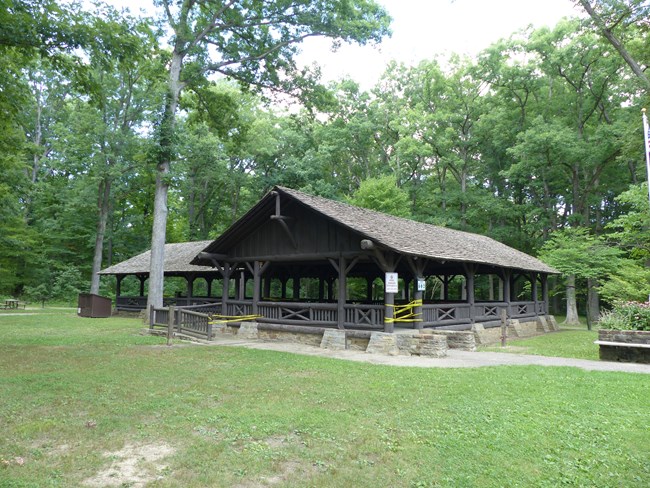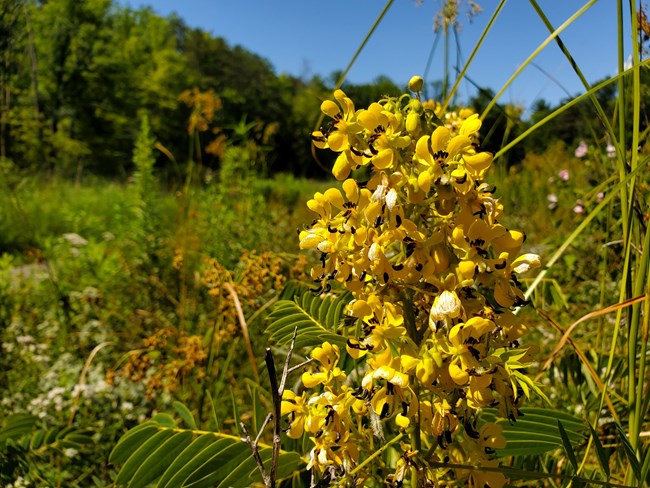Last updated: December 8, 2020
Article
Honoring Harriet Keeler: Teacher, Author, Citizen

NPS / Mallory Klein

NPS Collection
Immediately after Harriet Louise Keeler’s death in 1921, her supporters rallied to create a suitable tribute to the famous author, educator, and suffragist. Within two years, the relatively new Cleveland Park Board (only a decade old) agreed to preserve over 300 acres along Chippewa Creek in her memory. The site in Cuyahoga Valley was picked because of its diverse plant life. Keeler had described many of the native trees, shrubs, and flowers in her nature guides.
This was in the earliest years of what is now Cleveland Metroparks. Cleveland formed Ohio’s first metropolitan park district in 1917, after several years of legal wrangling with the state. For more perspective, only a year earlier, President Woodrow Wilson signed the Organic Act, creating the National Park Service. Even today, a century later, monuments to women on public lands are uncommon.

Cleveland State University, Michael Schwartz Library
The original Harriet Keeler Memorial was created in 1925. It featured an upright boulder monument in the middle of a circular stone plaza. That rock has since been moved to the trail entrance. The six-foot granite boulder that you see today was erected in 1936 when the memorial was first updated. Miriam Cramer created the inlaid bronze tablet with an image of Keeler’s head in profile. The text reads “Teacher – Author – Citizen: She liveth in the continuing generation of the woods she loved.” (Cleveland Metroparks has an interactive map of the area.)

NPS / Mallory Klein
A rustic pavilion called the Harriet Keeler Shelterhouse (now part of the Harriet Keeler Memorial Picnic Area) was added about 1928. Maintenance staff built it with sandstone and wood from the park grounds. The following year, the Women’s City Club of Cleveland established a one-mile Harriet L. Keeler Nature Trail. This educational loop was a first for Brecksville Reservation. Cleveland Museum of Natural History blazed and maintained it, in cooperation with the Cleveland Metropolitan Park Board. (The trail system in this area has since been reconfigured.) These amenities pre-dated the adjacent Brecksville Nature Center, completed in 1939 by the Works Progress Administration (WPA). During the Depression-era park development, the WPA also expanded the shelterhouse. The rear T-section was added in 1937 using the same local materials.

NPS / Mallory Klein
Brecksville Reservation has since grown to become Cleveland Metroparks’ largest reservation. Because it was one of the first properties in Cuyahoga Valley preserved as parkland, it has some of the best mature forest. Oaks and hickories tower on the ridge tops. Cottonwoods, willows, and sycamores line the Chippewa Creek floodplain. In more recent times, metroparks restored four acres beside the Keeler memorial as a tallgrass prairie. This involved collecting and sowing native seeds from about 50 types of plants in northern Ohio.
As those who loved and respected her intended, this preservation of biodiversity—now also part of a national park—is Harriet Keeler’s most enduring legacy.
